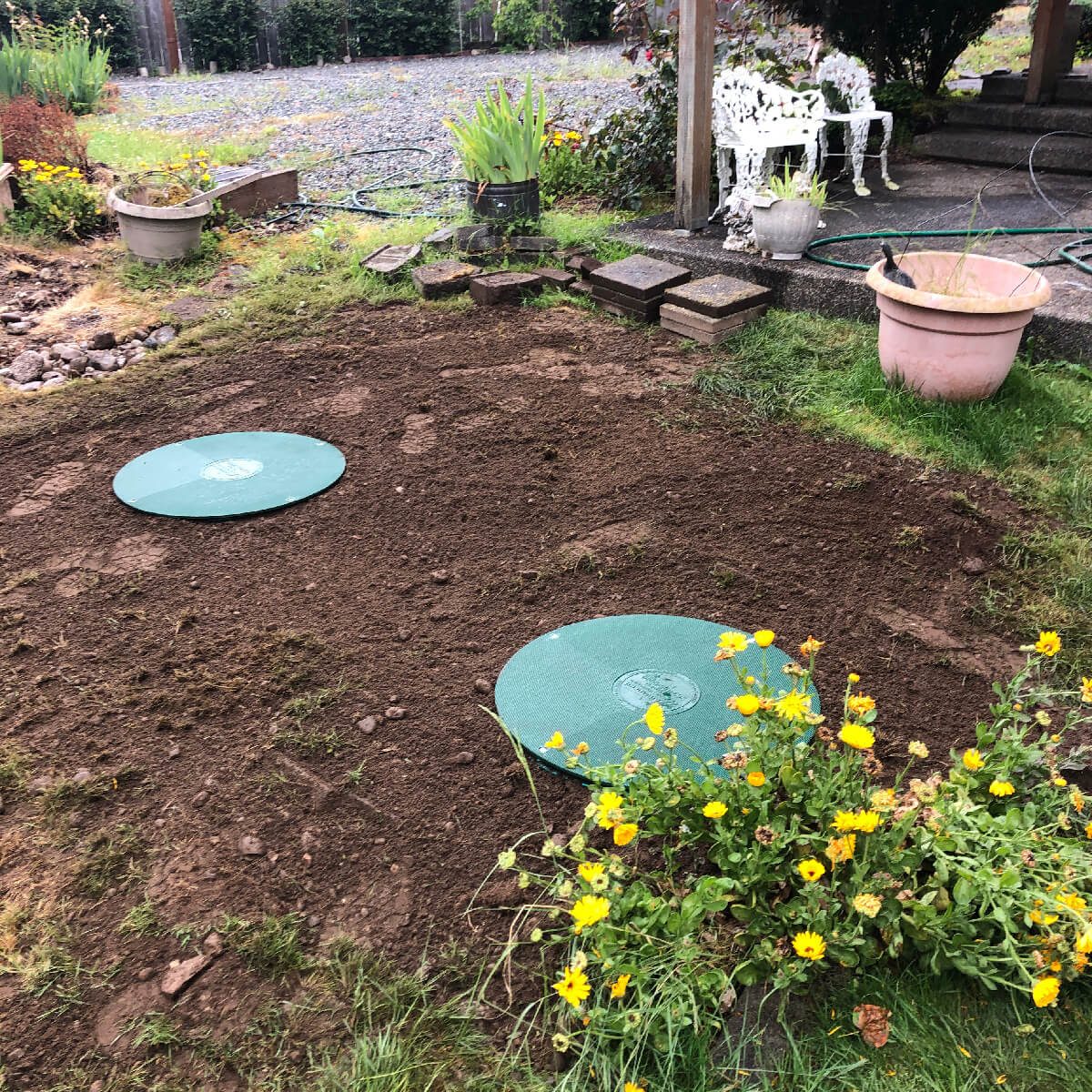Do’s & Don’ts of Septic System Maintenance.
Maintaining a septic system may not be a glamorous task, but it is necessary to avoid costly repairs and unpleasant backups. Septic systems are underground wastewater treatment structures that require regular care to operate efficiently. Neglecting proper maintenance can result in system failure, leading to environmental and health hazards. Therefore, it’s essential to follow the do’s and don’ts of septic system maintenance.

